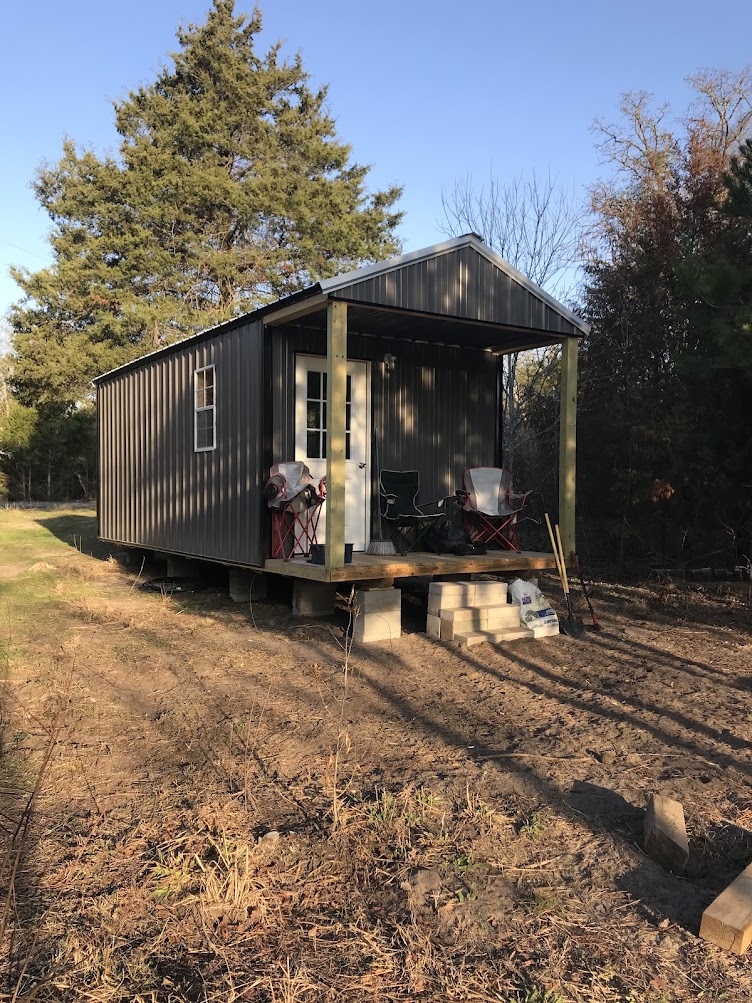Retirement planning is an essential aspect of personal finance, and there are many strategies and options available to ensure financial stability in one's golden years. One such option is the homestead, which is a property that provides a self-sufficient lifestyle through growing food, generating energy, and other forms of sustainable living. In this article, we will explore the feasibility of a homestead as an affordable retirement plan.
What is a Homestead?
A homestead is a property that is designed to be self-sufficient, sustainable, and environmentally friendly. It often includes a home, garden, and other facilities that enable residents to live off the grid, generate their own energy, and grow their food. Homesteading is often associated with rural or remote living, but it is also possible to establish a homestead in urban or suburban areas.
Benefits of Homesteading for Retirement
Homesteading can offer several benefits as a retirement plan. Firstly, it can provide a low-cost lifestyle as it reduces or eliminates many living expenses such as utilities, groceries, and transportation. With careful planning and investment, a homestead can also generate income through the sale of produce, livestock, and other products. Moreover, homesteading provides an opportunity to live a healthy and active lifestyle, which can contribute to longevity and overall wellbeing.
Challenges of Homesteading for Retirement
Homesteading, however, is not without its challenges, particularly for retirees who may face physical limitations or lack the necessary skills or resources. Setting up a homestead requires significant upfront investment, and ongoing maintenance and repairs can be time-consuming and costly. Moreover, homesteading may require a steep learning curve, and it may take several years to establish a productive and sustainable homestead.
Feasibility of Homesteading for Retirement
Despite the challenges, homesteading can be a feasible and affordable retirement plan for those willing to put in the time and effort. To increase the feasibility of a homestead as a retirement plan, it is crucial to start planning and investing early, ideally decades before retirement. It is also essential to develop a comprehensive plan that considers factors such as location, climate, water supply, and available resources. This may involve researching suitable properties, learning essential skills, and investing in sustainable infrastructure such as solar panels, water catchment systems, and greenhouses.
In addition to upfront investment, it is also essential to factor in ongoing expenses such as property taxes, insurance, and maintenance costs. It may also be necessary to have a backup plan in case of unforeseen circumstances such as natural disasters, illness, or market fluctuations.
Conclusion
In summary, homesteading can be a feasible and affordable retirement plan for those willing to invest time and resources. It offers the potential for low-cost living, sustainable income, and a healthy lifestyle. However, it also requires significant upfront investment, ongoing maintenance, and a steep learning curve. To increase the feasibility of a homestead as a retirement plan, it is crucial to start planning and investing early, develop a comprehensive plan, and factor in ongoing expenses and potential risks

No comments:
Post a Comment